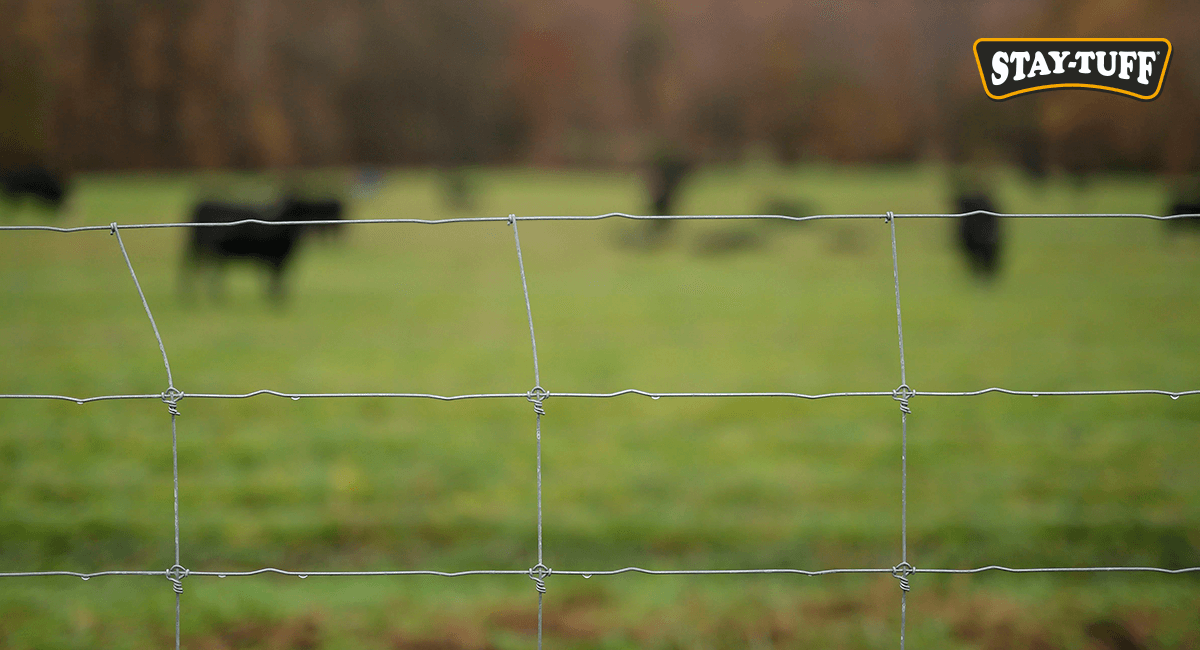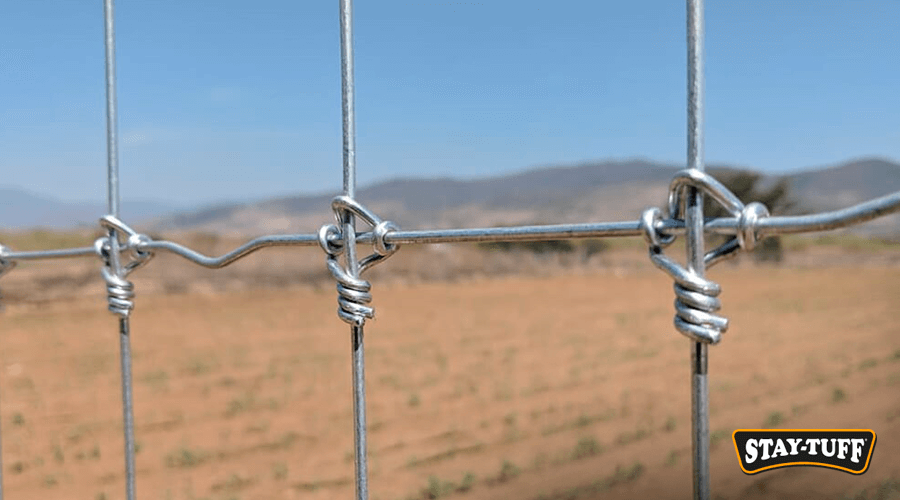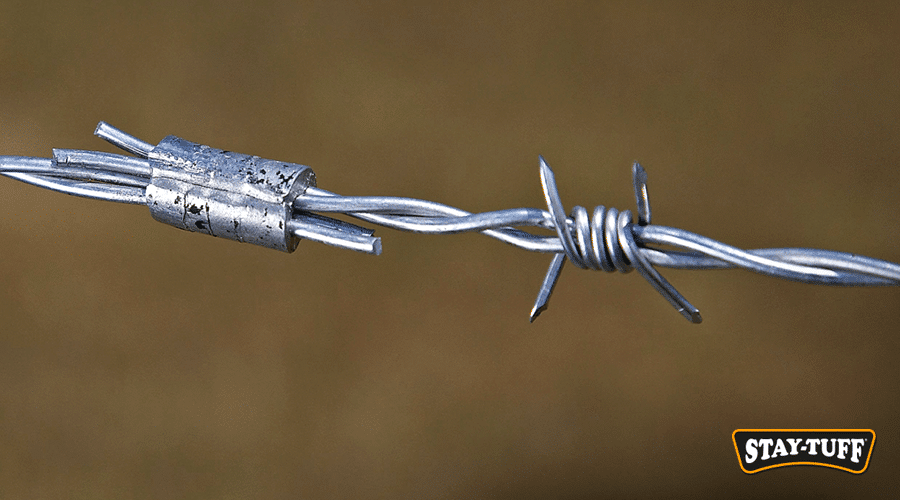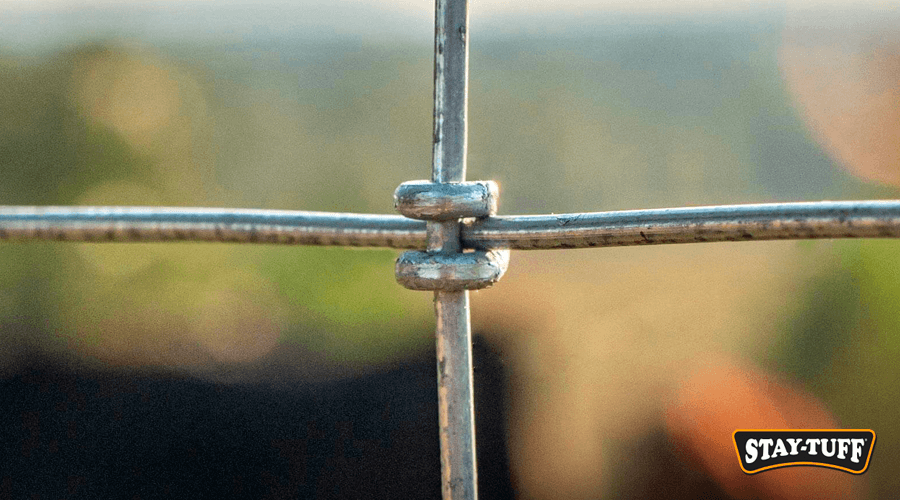
High tensile or low carbon wire
The key differences between them & which one you should choose
Have you ever had a fence project on your hands, and you didn’t know the difference between high tensile wire and low tensile (or low carbon wire), you’re probably not alone!

Although they are similar, both types hold minor differences that will determine whether they’re the right choice for your project or not.
High Tensile Wire

Typically, high tensile wire has a higher carbon content than low tensile or low carbon wires. This increased carbon content extends the lifespan of the wire, and the increased breaking strength makes it resistant to impacts and will not sag.
STAY-TUFF offers a variety of high tensile fences and wires that are lighter weight and don’t require regular maintenance, we are the #1 choice for agricultural fencing, including our Fixed Knot Fence, made with a knot designed to resist impact and movement.

Besides its incredible resistance to the elements, impacts and rust, STAY-TUFF fences need fewer posts for their installation, saving you money, time and effort!
Low Carbon Wire
On the other hand, we have low carbon steel wire.

The low carbon acts similar, with a lower carbon content this allows it to be installed easier with a lower initial cost, however it will require more maintenance than high tensile.
So what to choose?
When it comes to high tensile or low carbon fences, the answer depends solely on your needs. Simply put, more carbon means a slightly less malleable fence, but with added resistance.
Depending on your project, we have a solution that will fit your needs! If you need help estimating how much fence you’ll need, we can also help!

Visit the STAY-TUFF Calculator to learn how much fence you will need to complete your next successful installation.